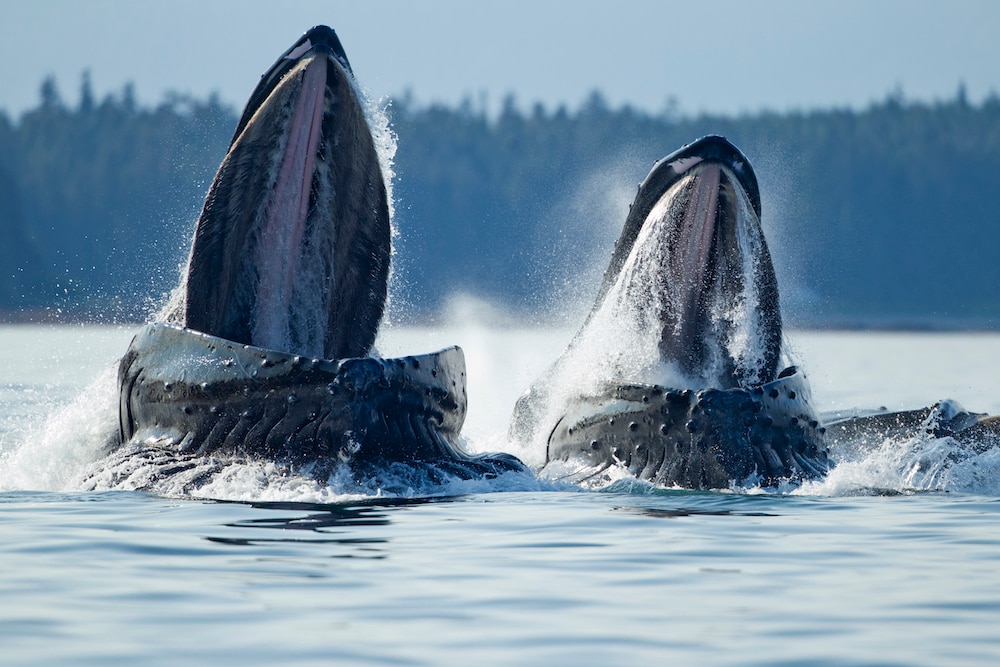Create a free profile to get unlimited access to exclusive videos, sweepstakes, and more!
Humpback whales exchange songs across cultural groups
Whales get songs stuck in their heads too.

Culture, and the sharing of it across disconnected populations, is often thought of as a purely human trait. However, each time we attempt to draw a hard line between humans and the rest of the animal kingdom we find that we are more similar than we are different.
Among humans, music is an act of artistic expression, but it’s also a form of communication. Music has the ability to transmit not just meaning, but also emotion. While the complexity of human music might be unique to our species, we don’t have a corner on its creation. Other animals make music, and not just in animated family films like 2016’s Sing. From song birds to singing lemurs, music is an important part of communicating with other members of a species’ community, but the best non-human musicians might be whales.
Scientists from the Cetacean Ecology Group at the University of Queensland, and colleagues, studied song patterns of humpback whales from various regions between 2009 and 2015 and found that not only do they collaboratively create songs within a defined population, but they also share those songs over the ocean waves, where they are picked up by disparate populations from other regions. Their findings were published in the journal Scientific Reports.
Among humpback whales, songs are broken up into smaller constituent parts in the following way. Individual sounds, called units, are arranged into a phrase. Phrases are repeated to create themes, and themes are placed in a consistent order to create a song. Over time, songs evolve through small changes which are adopted by all singers in a population. As a result, songs change year over year and vary by population.
Over the six years scientists were observing whale populations, they identified six unique songs which were transmitted eastward beginning with the west Australian population and traveling to east Australia, New Caledonia, Tonga, American Samoa, the Cook Islands, and finally French Polynesia. They looked specifically at the east Australian and New Caledonian populations to measure the fidelity at which songs are transmitted between populations.
Scientists measured the complexity of songs by looking both at the number of sounds and their patterns. They confirmed that songs are being shared and, moreover, they’re being shared exactly. When a new song is learned from a neighboring population, it is learned precisely with no observed omissions or simplifications. However, once learned, the previously mentioned evolution via the addition of units or themes can commence.
Populations of whales were able to learn new songs quickly and the team indicated this was a level of cultural transmission not seen in any other non-human species. It was proposed that song transmission might occur as a result of individuals moving between populations, but that is a relatively rare occurrence. Instead, it’s believed that songs are shared as populations come into contact with one another along migration routes or within shared feeding grounds in the Antarctic. However, scientists are leaving room for the possibility that all of these mechanisms are contributing to the overall sharing of musical culture among humpback whales.
Technology has allowed humans to rapidly share culture all over the globe such that by the time a particular earworm wiggles its way into your head, there will likely be a new viral sound for you to consume, learn, and obsess over. Whales, for better or for worse, don’t have the benefit of that level of technology, but they appear to have the same behaviors. Better understanding how culture is shared across distinct groups of individuals can not only teach us about ourselves but can also help us to develop better conservation efforts for whales and other non-human animals.
That’s music to our ears.


























